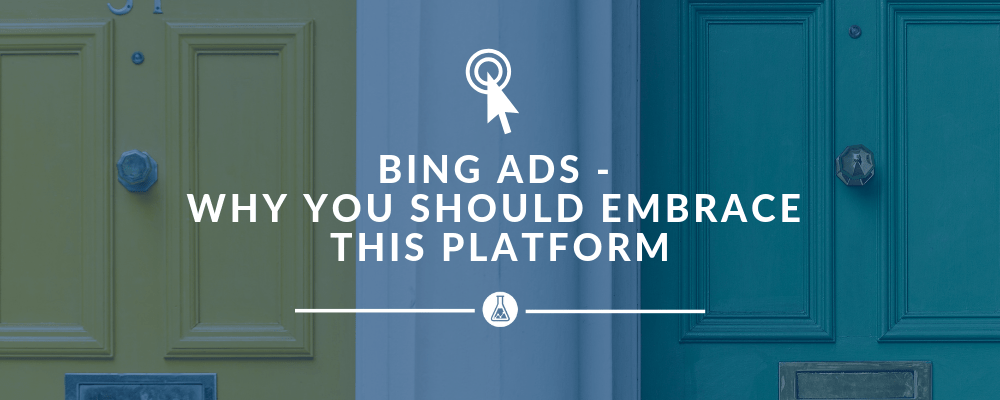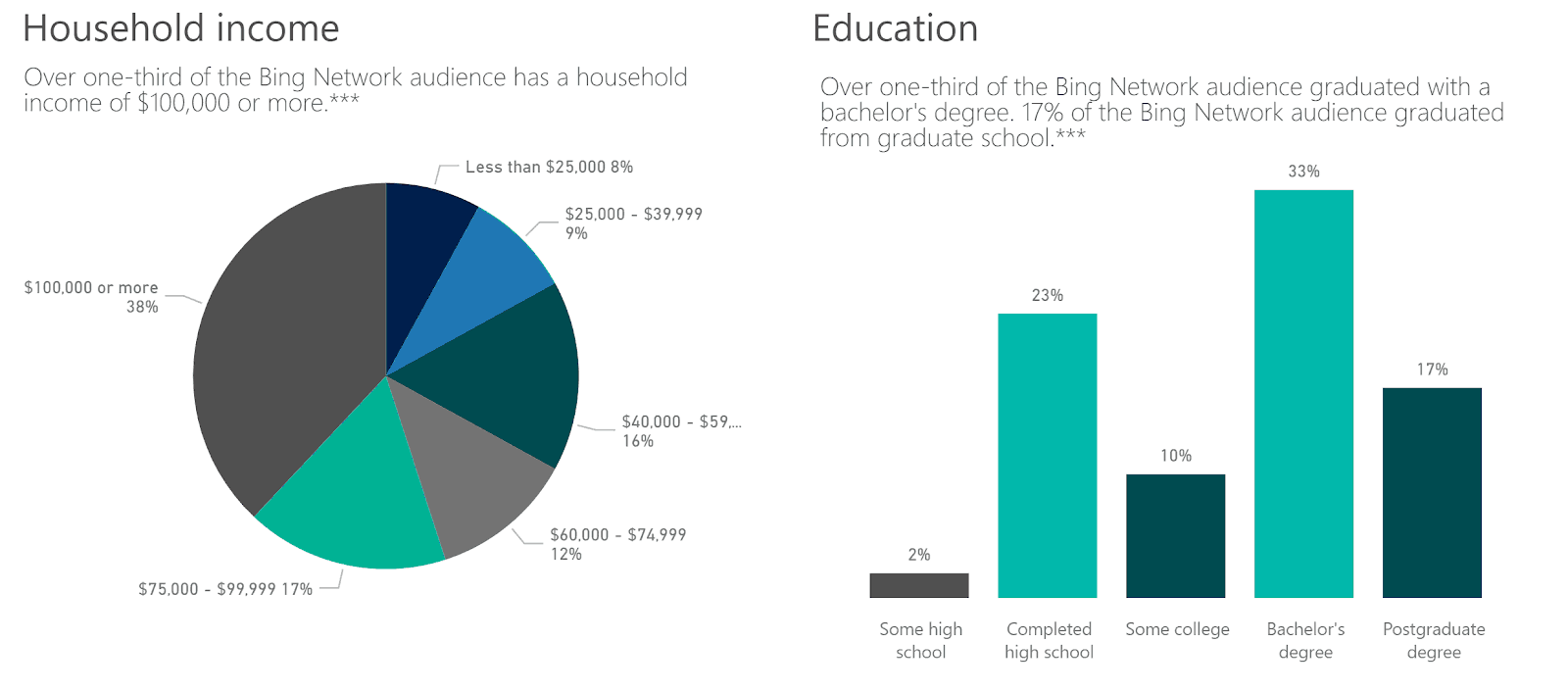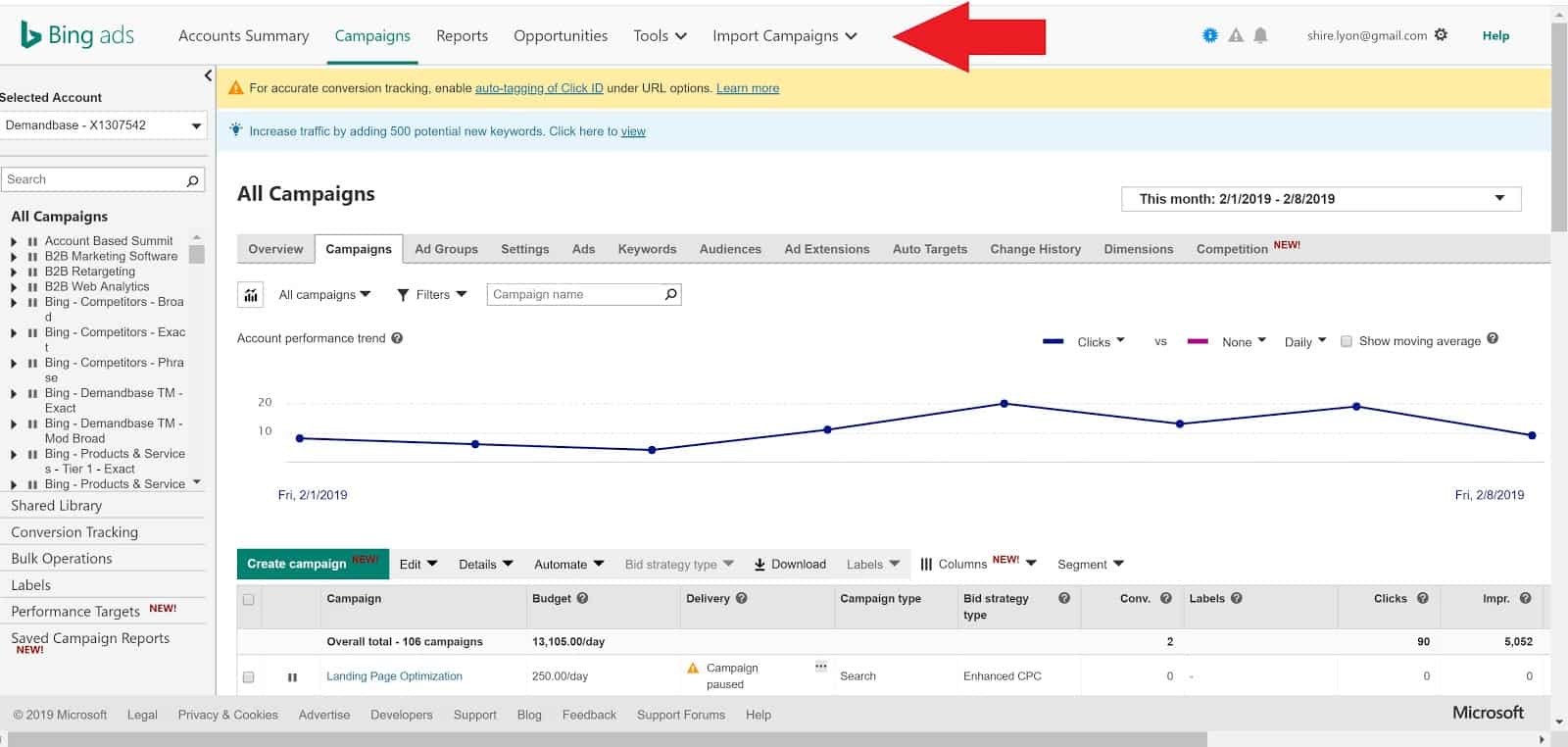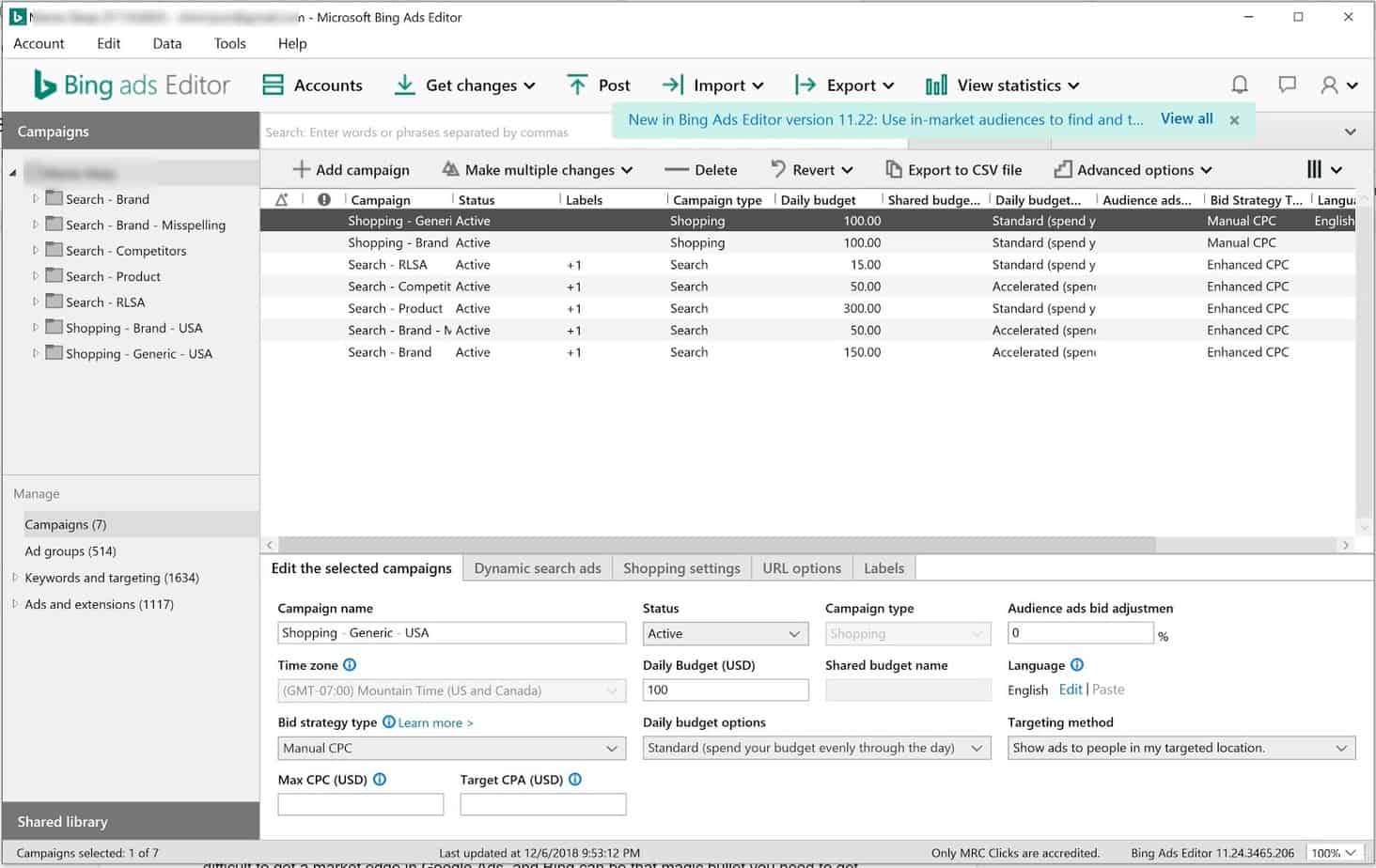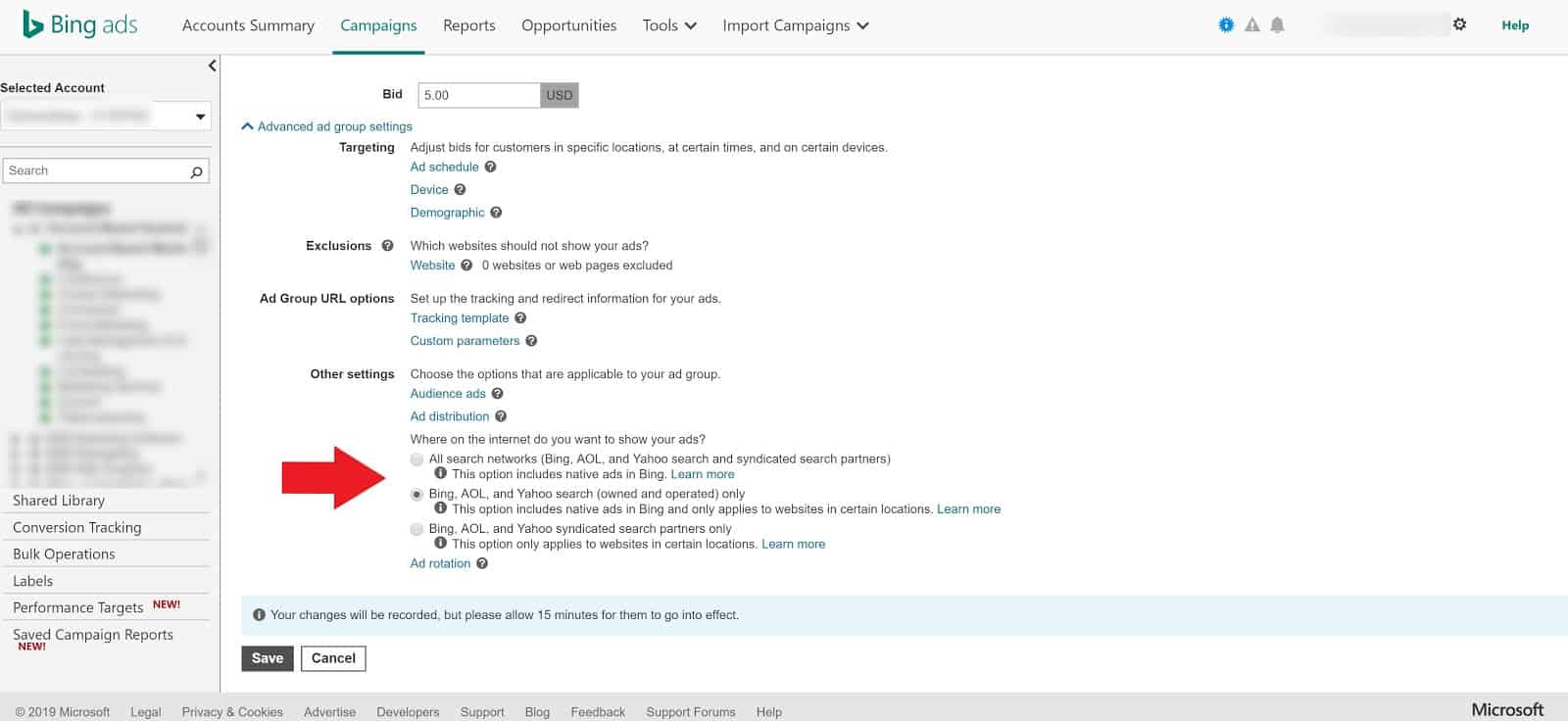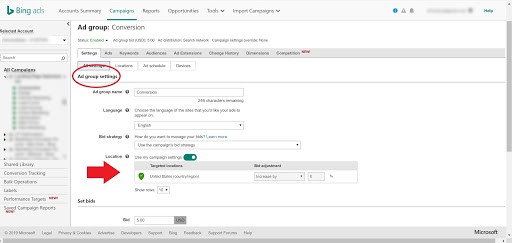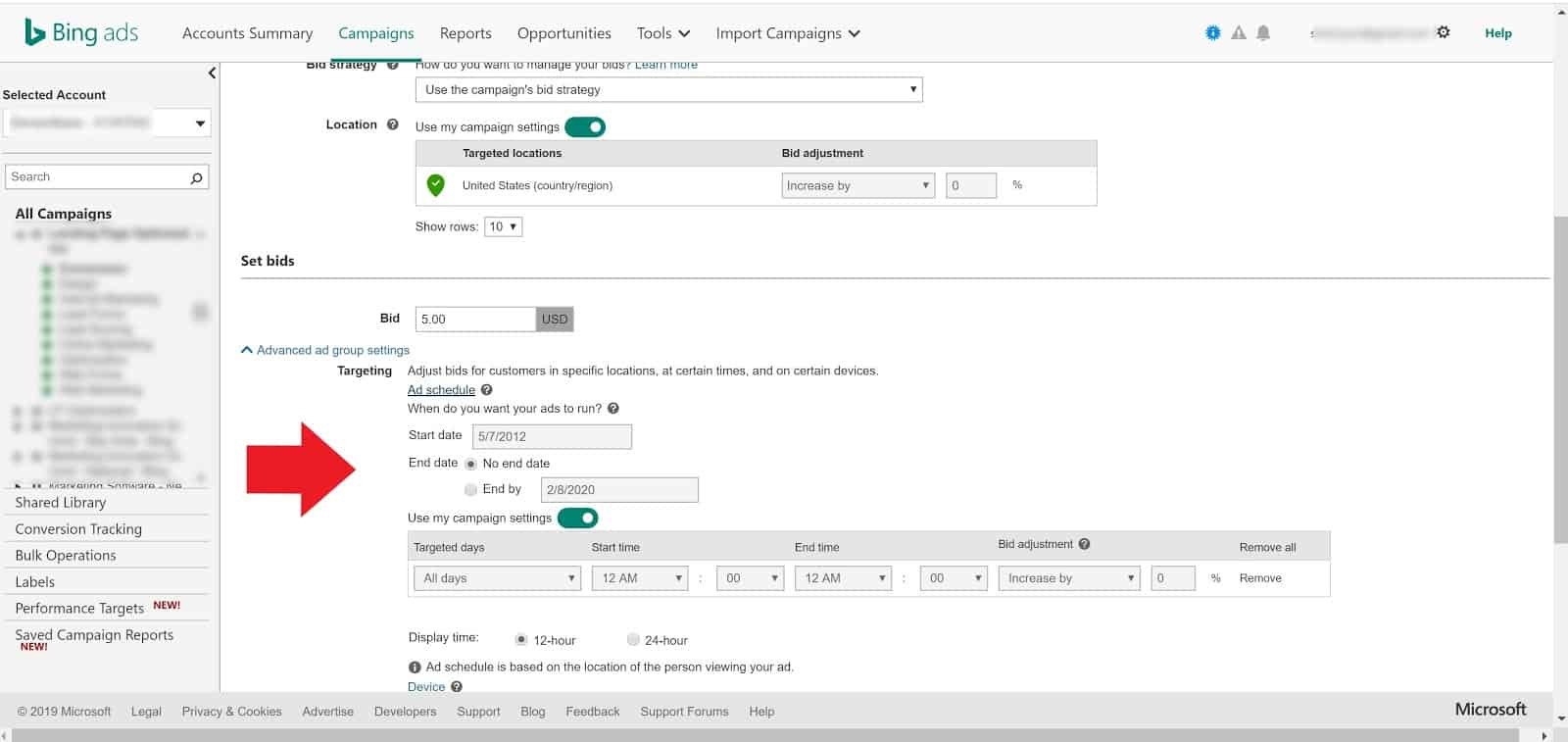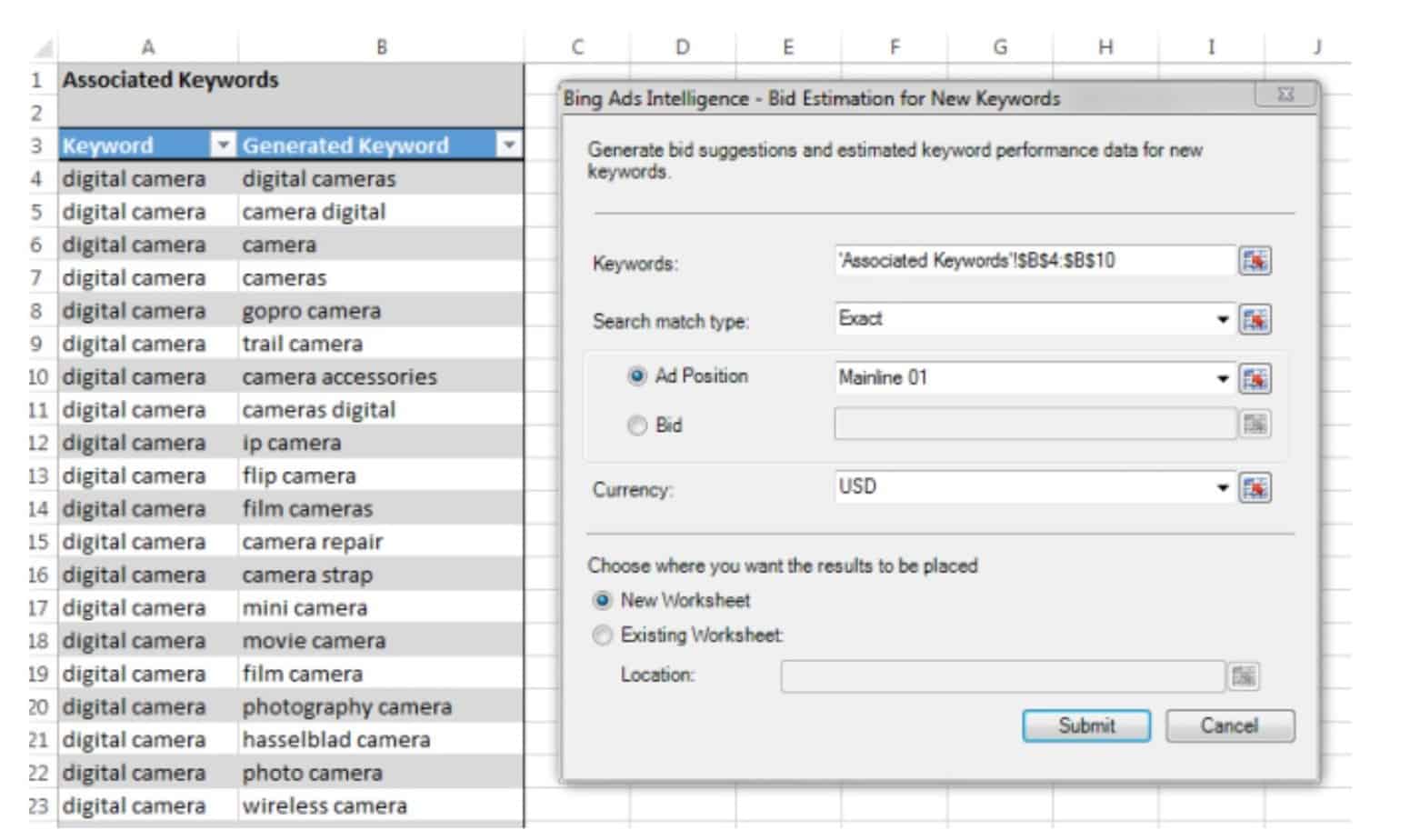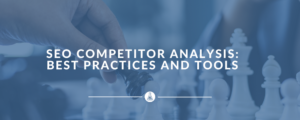As marketers, we get so caught up in Google Ads that we may forget any other search engines exist. Bing often gets swept to the side when we create marketing strategies, make recommendations, and look for ways to expand our advertising, but there are many reasons why it’s worth a second look.
Think of using Bing Ads as a chance to hang out at the private beach over a day of lying on a crowded beach.
The Benefits of Bing Ads
While Bing Ads is usually underestimated, the platform has many advantages. The network offers an untapped audience and ways to increase leads. Since Bing and Yahoo are still together, you’ll reap the rewards of 2 networks rather than just 1.
Bing Ads vs Google AdWords Audience
Google’s market share may be significant, but it’s not as large as you think. In 2018, Google had a 63% market share in the US. At the same time, the Bing/Yahoo (Oath) network had a market share of 36%. That’s a large set of users to be missing out on.
The Bing/Oath audience also consists of a highly desirable set of demographics. According to Bing, they reach 60 million users that Google doesn’t. Their audience tends to be more affluent with a full third of the market share earning $100,000 a year or more.
Bing users are generally college educated too. Specifically, 33% of users have a bachelor’s degree, and 17% have a post-graduate degree. Bing also offers access to an older audience with about 40% of users in the 35-54-year-old group and 17% in the 55+ group.
Do you still think Bing just isn’t worth your time?
Import Google AdWords (Google Ads) Campaigns
If you’re on the fence about starting a Bing account, then you’ll be excited by how easy it is to get started. Bing allows you to import your Google Ads campaigns. You can do it quickly and easily without having to do tons of extra work. Think about it like this, you can 2X your exposure with half the work!
Bing's Bulk Editor
If you like using the Google Ads Editor, then you’ll be delighted to know that Bing has a bulk editor too. The functionality is quite similar, so you’ll be able to pick it up with ease. It allows you to import, build, and edit your campaigns offline.
If you use Google Ads Editor, then you can think about the learning curve as using Microsoft Paint after using Photoshop. You may need to learn a few platform specifics, but you’ll be able to function without spending a lot of time spinning your wheels trying to find what you need.
8 Differences Between Google Ads and Bing Ads
Wondering what you can and can’t do on the Bing Network? The short answer is the 2 platforms are pretty similar so you won’t notice many differences. There are a few things you’ll have to do a bit differently, but you’ll get the hang of it pretty quickly.
1. Where Your Ads Show
One thing you’ll notice is that Google gives you the options of showing on the Search (including Search Partners) and Display Networks. Meanwhile, Bing actually gives you access to several search networks, but no Display Network.
You’ll be able to advertise on Bing, AOL, and Yahoo through Bing Ads and you’ll also gain access to their Partners Network which includes properties like DuckDuckGo. If you prefer to use display advertising, you’ll have to do it via the Oath Display Network, which has recently become Verzion Media.
2. Control Over Search Partners
In AdWords, the Search Partners network is an on/off switch with no way to exclude specific Search Partners properties. Bing, by contrast, allows much more transparency. You can run a report and see which websites your ads are running on, and then exclude specific ones.
Or, you can choose which networks you prefer to run your ads on. You can select just Bing and Yahoo-owned properties, Bing and Yahoo Syndicated Search Partners, or all Search Networks.
3. Granular Ad Group Targeting
Have you ever wished every ad group could have different geotargeting? While this might not be a reality in Google, Bing allows the freedom to geo-target on a granular level. You can choose locations at the campaign or ad group level.
You even have the flexibility to mix the 2 settings, having some ad groups with their own targeting and some using the campaign level targeting. The choices open up new possibilities for campaign structure that aren’t possible in Google Ads.
And if geotargeting at the ad group level excites you, then you’ll be happy to hear Bing offers even more. You can also schedule ads at the ad group level. These advanced options allow for structures that just aren’t possible with Google Ads. With all of these ad group level options, you can create extremely granular ad groups and increase your return on ad spend.
4. Lower CPCs
One hesitation we often have when adding a new ad network to our advertising mix is cost. You may be shocked to learn there’s a significant difference in CPCs when considering Google AdWords vs Bing Ads for website traffic. According to ReportGarden, Bing’s average cost per click is $7.99 while Google’s is $20.08. That’s huge savings!
5. Higher Average Click-Through Rates
If you’ve never used Bing Ads before, then you might be concerned about performance. It turns out there’s no need to worry though. Wordstream found that not only were Bing’s CPCs lower than Google’s, the click-through rates were also about 50% higher. It also has an average conversion rate of about 2.94% – which is comparable to Google. You could call these stats a performance trifecta.
6. Quality Score Calculations
Google Ads uses Quality Score in ad rank calculations. Bing Ads, however, does not. Instead, Bing uses quality score as a reference metric for expected performance. This metric is used to give advertisers an idea of how well their ads are performing. It speaks to the ad’s relevance to the search query and the expected performance, not where Bing will place the ad on a page. It’s solely data Bing provides to help advertisers know how their ads will be received by users.
7. Bing Ads Intelligence
Bing Ads “what?” you ask. Bing Ads Intelligence. Think of it as your “special” insights that you can’t get anywhere else. It doesn’t live in the UI but instead lives in Excel as a downloadable add-on feature from the Bing Ads site or the UI.
The tool provides a wealth of knowledge to help you create a new campaign or research ways to grow existing ones. You can find keyword search volume for keywords (both new and those that already exist in your account), see the historical performance, and demographic data for keywords.
It also assists you in generating ideas to expand your keywords based on keywords you’re already using. You can produce a list of keywords to extend your campaigns. Bing Ads Intelligence gives you the ability to look for related and associated searches to create campaigns that net all relevant searches. You can even see the locations with the top traffic for a particular keyword. The amount of data at your fingertips is mind-boggling.
8. Less Competition
If you’re in a high competition market, you’ll love that Bing is less competitive. Sometimes it’s difficult to get a market edge in Google Ads, and Bing can be that magic bullet you need to get ahead. You may be scratching your head here, and saying ‘but wait… Bing has less search volume too’. Yes, that’s true, but it’ll also help you stand out. Since there’s less competition on Bing, it will be easier to be at the top of the page, thereby increasing your visibility and your website traffic.
Bing & Google Ads, They Go Together Like Peanut Butter and Jelly
It might sound like we’re pitching Bing Ads over Google Ads; however, that’s not the case. There are pros and cons of both Google and Bing. There are differences in the audience, market share, and cost. Reach and demographics vary as well. We believe your marketing will be more effective by using Google and Bing together.
In our experience, Bing can increase your revenue and improve your marketing mix.
Cons of Google Ads
Google is a giant in search engine marketing and commands the market share. For many of us, it’s become part of our standard operating procedures to use Google Ads to increase sales and conversions. It’s not a perfect system, though. There are definite cons such as:
- High competition in most industries.
- More expensive than Bing.
- The ban on some types of services.
- Some businesses like garage door installers require certification.
- The platform is hard to learn because it’s always changing, and the user experience is sometimes sacrificed.
Cons of Bing Ads
While Bing is an excellent expansion strategy for your advertising, it isn’t without its drawbacks. Some of them are:
- You need to run a report to review performance by device.
- There is a smaller market share and therefore less traffic.
- One MCC account cannot be connected to another.
- They come out with new features after Google.
The Bottom Line
Marketing strategy is a lot like cooking. There are recipes, but the most talented chefs don’t just follow them. They test, experiment, and evolve. Using just Bing Ads or Google Ads alone probably won’t give you the results you’re looking for. You should work on customizing a strategy that works for your industry and your business. The best practice would be to use both platforms to discover what mix of the 2 gives you the best results.
Now that you know the benefits of using both Bing and Google Ads together, learn how to set up Bing Ads quickly and easily.

